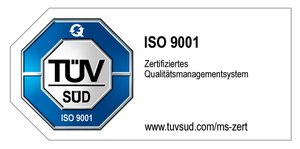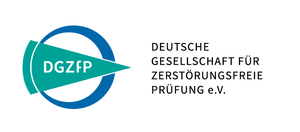Tool correction
Tool correction refers to the process of adjusting a tool to ensure that it operates correctly and delivers the expected quality of machined parts. This is an important aspect of the manufacturing industry, as inadequate tool corrections can lead to scrap, delays, and quality issues.
In the machine tool industry, tool correction is commonly used to ensure that cutting tools are in the correct position and working properly. This is particularly important when it comes to manufacturing complex parts with tight tolerances. Tool corrections can also help extend tool life and increase production efficiency.
Tool correction can be done in various ways. One way is to check and optimize the tool path through simulations on a computer before the tool is actually used on the machine. Another method is to measure the tool in the machine and make manual corrections. Modern CNC machines can also be equipped with automatic tool correction systems that monitor tool wear and make necessary adjustments automatically.
Tool corrections can be made in various ways, including adjusting the tool position, changing the cutting edge geometry, and adjusting the cutting conditions. Adjusting the tool position can be done by changing the tool length, tool radius compensation, or tool compensation in the x, y, and z directions. Changing the cutting edge geometry can be done by changing the angle of the cutting edge or changing the chip depth. Adjusting the cutting conditions can be done, for example, by changing the cutting speed, feed rate, or cutting depth.
Successful tool correction can help improve the quality of machined parts, extend tool life, and increase production efficiency. By using modern tool correction systems and technologies, manufacturers can ensure that their tools are up-to-date and delivering optimal results.
We find the perfect solution for your project.
Contact us if you have questions to our services in the area of 3D metrology. We are looking forward supporting you in your success.



